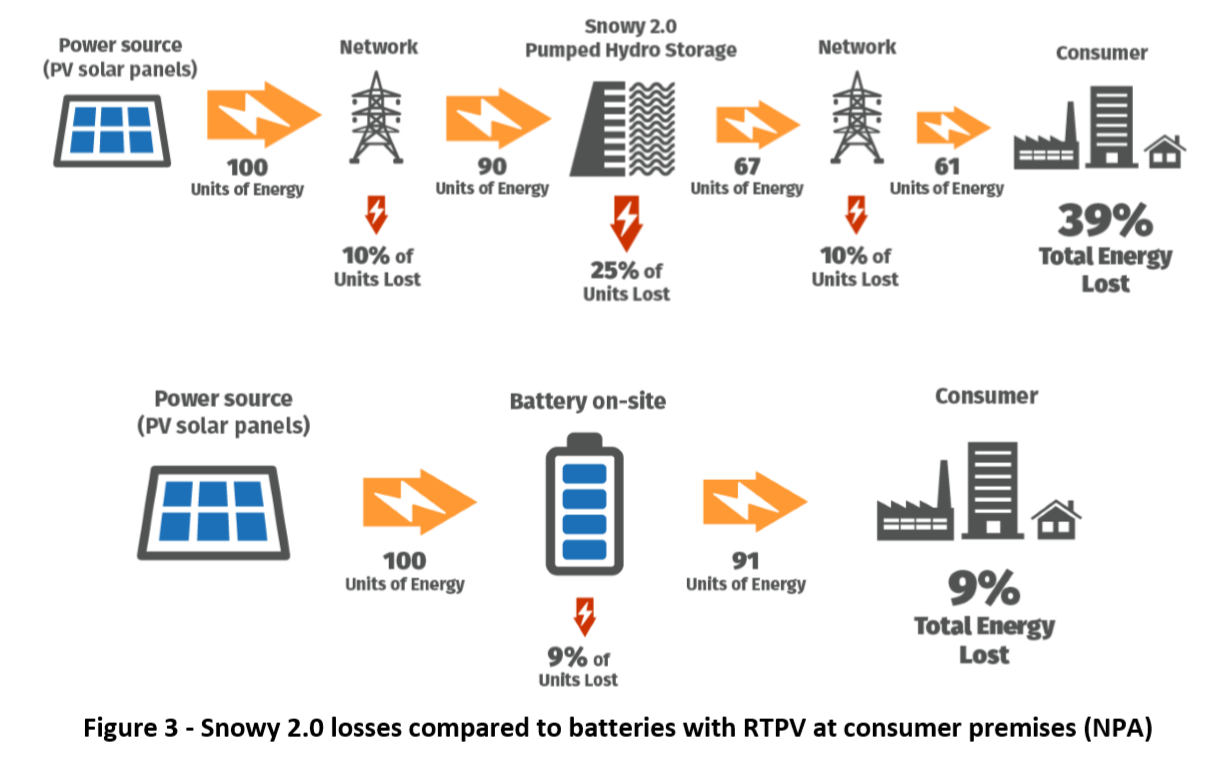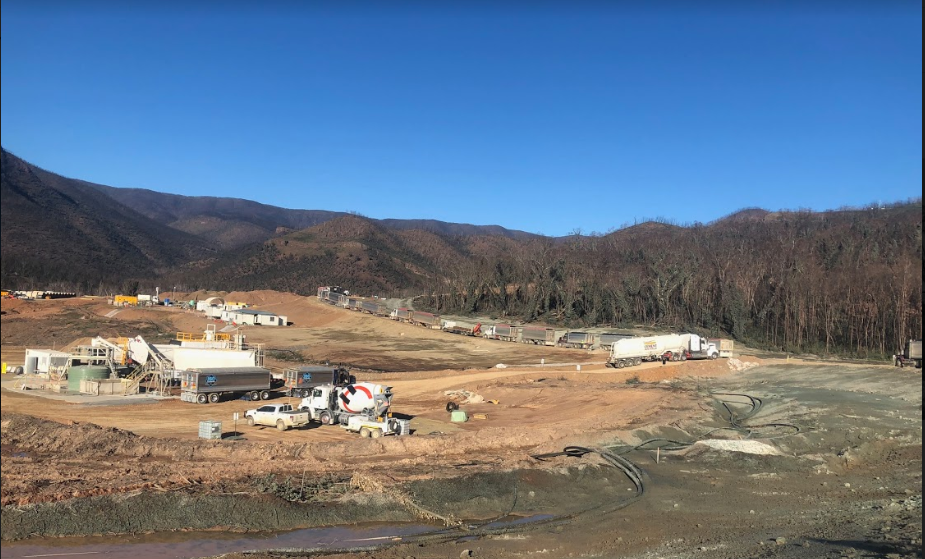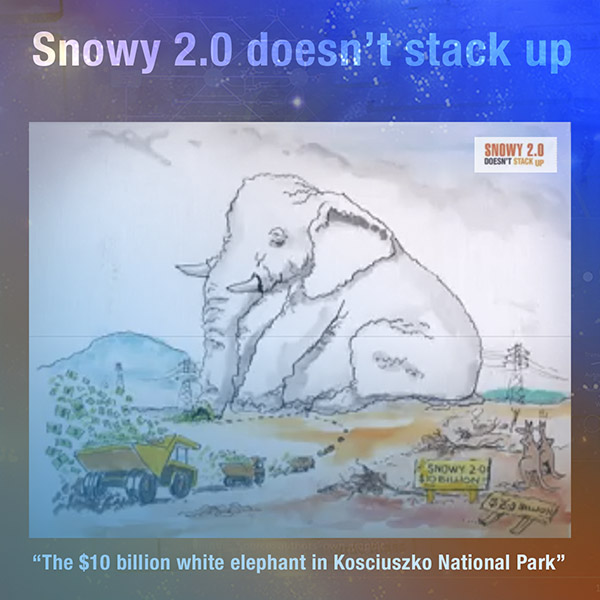The contents of this blog are based upon a paper prepared by the National Parks Association of NSW, a Climate Action Network Australia (CANA) ‘brown bag lunch’ webinar on 25 June and a piece in The Conversation. The 1-hour CANA webinar can be viewed here. There were a few delays and the first 5 mins can be skipped.
Snowy 2.0 doesn’t stack up
- Financially
- Technically
- Environmentally
Financially – the business case is flawed
- Six weeks after the Business Case was approved by the Government, the cost estimate (of $3.8 billion) was eclipsed by the first major contract to be signed (at $5.1 billion).
- The final cost, including transmission lines, could be as high as $10 billion!
- No information is provided to support the claim that Snowy 2.0 will reduce electricity prices.
- The estimated construction time has more than doubled since Snowy 2.0 was first announced, from 2021 to 2027.

Technically – not the best option
- Snowy 2.0 is being promoted as a ‘green battery’ for renewable energy, but for at least the next decade or so, most of Snowy 2.0’s pumping electricity will come from coal-fired generators resulting in increased emissions.
- Snowy 2.0 will consume more energy than it generates. For every 100 units of electricity purchased by Snowy 2.0, it will deliver only about 60 units, a 40% loss compared to 9% for onsite solar and battery.
- Alternative pumped storage options exist, but alarmingly, no substantive analysis of alternatives was included in the EIS, despite a legal requirement to do so.
- There are alternatives involving less construction, cost, risk, transmission and environmental impact. Many other pumped storage opportunities have been identified in NSW, with a combined capacity considerably greater than Snowy 2.0.
- Snowy 2.0’s location results in major costly transmission grid upgrades and significant network losses. Kosciuszko National Park is the worst possible location.

Environmentally – destructive on Kosciuszko National Park
- The project has been approved and construction has commenced before the EIS’s for the Main Works and transmission lines have been assessed, totally disregarding the environmental assessment process.
- Snowy 2.0 will permanently impact 10,000 ha of Kosciuszko National Park, a delicate alpine and sub- alpine environment.

Environmental impacts include
- clearing a 10 km- long, 120 m-wide easement swarth through the park for two side-by-side 330 kV transmission lines; building and upgrading 100 km of roads and tracks; and clearing 400 ha at Lob’s Hole along an 8 km stretch of the Yarrangobilly River for an accommodation camp, construction site and rock dump,
- dumping 14,000,000 cubic metres of excavated rock, some with naturally occurring asbestos and/or acidic in the Park in Talbingo and Tantangara Reservoirs,
- introducing pest fish species throughout the Snowy Scheme and downstream rivers.
The 1-hour CANA webinar can be viewed here. There were a few delays and the first 5 mins can be skipped.
Note: The chair of a key scientific committee has quit over the NSW Government’s planning approval of the controversial Snowy 2.0 project and called for an independent review of the threats, mitigation measures and long-term impacts of the scheme.

